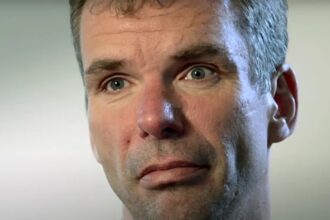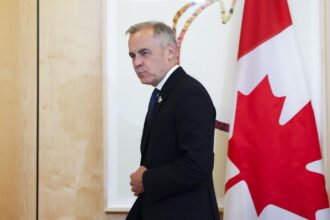In a bold pivot from global trends toward aid reduction, Canada’s international development chief is charting a course to maintain the country’s foreign assistance commitments while overhauling how that aid is delivered. During an exclusive interview at her Ottawa office, Minister Helena Rousseau outlined a strategy focused on streamlining bureaucracy and enhancing the visibility of Canadian contributions on the world stage.
“The challenges facing our global partners haven’t diminished—they’ve intensified,” Rousseau remarked, her desk adorned with memorabilia from humanitarian missions across three continents. “While other G7 nations retreat from commitments, Canada is holding firm on funding levels but revolutionizing delivery mechanisms.”
The minister’s strategy emerges as several Western democracies, including the United Kingdom and Germany, have significantly reduced their international development budgets amid domestic economic pressures. Canada’s approach—maintaining financial commitments while addressing efficiency—represents a distinctive path forward in the global aid landscape.
Rousseau has identified excessive administrative requirements as a primary impediment to effective aid delivery. “We’re requiring partner organizations to complete nearly 40 different forms, many requesting duplicate information,” she explained. “This bureaucratic tangle delays critical assistance and diverts resources from frontline work to paperwork.”
The reform initiative, dubbed “Aid Effectiveness 2025,” will reduce required documentation by approximately 60 percent while implementing a standardized digital submission portal. Early pilots with organizations operating in East Africa have shown promising results, with project approval timelines decreasing from eight months to ten weeks.
“What we’re seeing is not just faster deployment of resources but greater impact per dollar invested,” noted Dr. Marcel Ouellet, Director of the Canadian Institute for International Development. “The minister’s approach acknowledges that how we deliver aid matters as much as how much we provide.”
Equally central to Rousseau’s strategy is enhancing the visibility of Canadian contributions. Unlike the more prominent branding employed by agencies such as USAID, Canadian-funded initiatives have historically maintained a lower profile—something the minister aims to change.
“When Canadians invest in schools in Southeast Asia or water systems in the Sahel, those benefiting should know the source of that support,” Rousseau stated. “This isn’t about national ego but about transparent accountability to both Canadian taxpayers and aid recipients.”
The visibility initiative has drawn mixed reactions from the humanitarian community. Some organizations, including Médecins Sans Frontières, have expressed concerns about potential politicization of aid, while others like Canadian Feed the Children have welcomed the move as strengthening public support for foreign assistance.
The strategy also introduces “impact measurement checkpoints” throughout project lifecycles rather than relying solely on final evaluations. This approach allows for mid-course corrections and real-time learning—a significant departure from traditional aid models.
Parliamentary Budget Officer reports indicate that more effective aid delivery could increase the impact of Canada’s $6.8 billion annual foreign assistance budget by as much as 15-20 percent without additional funding. This efficiency gain would be equivalent to an additional $1.3 billion in aid impact.
Opposition critics have cautiously supported the reforms while questioning whether maintaining current funding levels is sufficient. “Streamlining bureaucracy is welcome, but Canada still falls short of the UN target of 0.7 percent of GNI for foreign aid,” noted Shadow Minister for International Development James Karnik.
As climate disasters, conflict, and economic instability continue to drive humanitarian needs to record levels, Canada’s approach to international assistance has significant implications for global stability and human security. The success of Rousseau’s reforms may determine whether Canada can maximize its influence despite budget constraints.
“The world is watching not just what Canada contributes, but how we contribute,” Rousseau concluded. “In a time of growing isolationism, can we demonstrate that smart, efficient aid delivery represents not just moral responsibility but strategic investment in a more stable, prosperous global future?”






















